1. Tribute Bands and Cover Shows
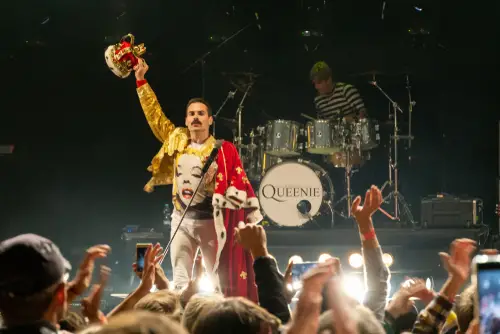
Millennials have embraced tribute acts as a way of keeping classic music alive. From Beatles cover bands to ’90s alt-rock tributes, these shows pack venues across the country. For many, it’s more accessible than expensive reunion tours, yet still delivers the communal joy of singing along. Tribute shows also let millennials relive music eras they were too young to experience firsthand.
What makes this trend special is the creativity behind it—some bands even reimagine classics with fresh twists. The shows often become themed events, complete with costumes and era-specific vibes. Millennials love the theatricality, nostalgia, and affordability rolled into one. It proves you don’t need the original lineup to feel connected to the music.
2. Cassette Tapes
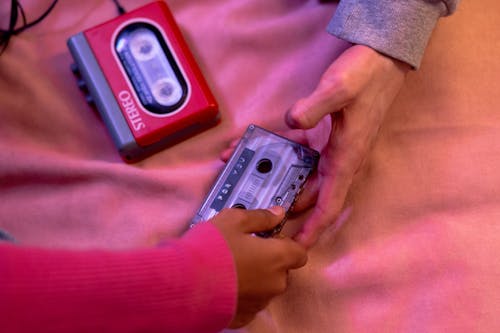
Cassettes may have been considered obsolete after CDs, but they’ve reemerged as a quirky favorite among indie bands and fans. Small labels now release limited-edition albums on tape, often paired with digital downloads. Millennials like them because they’re cheap to produce, collectible, and carry a scrappy DIY aesthetic. Unlike vinyl, tapes feel casual and approachable, perfect for niche music communities.
They also appeal to the nostalgia of growing up making mixtapes in the ’90s and early 2000s. Even younger millennials who missed that era find joy in the charm of rewinding tapes and hearing their imperfect, fuzzy sound. Tapes are also portable in ways vinyl never was, making them a fun novelty for road trips and gifting. What was once clutter at garage sales is now a sought-after format for modern collectors.
3. Retro Turntables
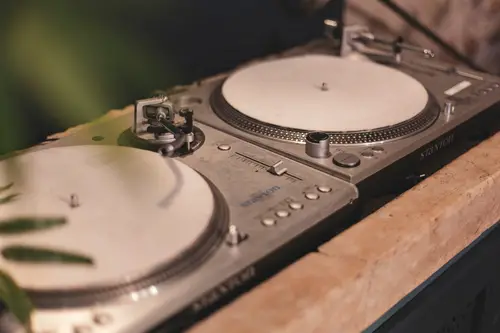
It’s not just the records that are back—turntables themselves have become a statement piece. Millennials are buying new models styled after vintage designs, often with modern features like Bluetooth connectivity. These devices serve as both functional audio equipment and stylish home décor. Owning a turntable feels like embracing a piece of history while still fitting into a digital-first lifestyle.
The resurgence ties into millennials’ appreciation for analog craftsmanship. Many see these players as a rebellion against disposable, mass-produced gadgets. Displaying a turntable in your living room signals you take music seriously, even if your Spotify account gets more use day-to-day. For millennials, it’s as much about the vibe as the sound.
4. Mix CDs and Playlists with a Twist
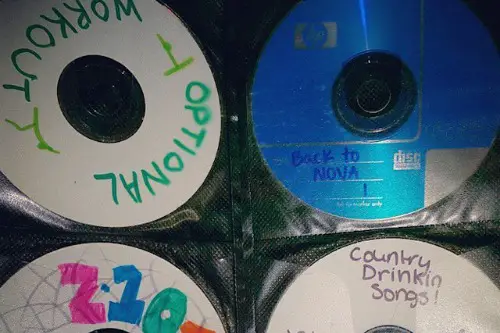
While playlists have gone digital, millennials are reviving the spirit of the old-school mixtape. Handcrafted playlists—sometimes even burned onto CDs—are being used as gifts, love notes, and party favors. The effort put into curating music by mood, theme, or shared memory feels deeply personal. It’s a way of making music meaningful beyond background noise.
This trend echoes the ’90s and early 2000s, when CDs were swapped among friends and crushes. Millennials cherish the ritual of sequencing songs, creating a listening journey for someone else. Even when shared digitally, the intent is the same: a custom soundtrack that expresses personality and emotion. The nostalgia lies less in the format and more in the sentiment.
5. Polaroid-Inspired Album Art

Album art has always been important, but millennials are drawn to vintage photography styles to pair with their music. Many indie musicians are using Polaroid shots, faded filters, or retro typography for covers. The look captures a lo-fi aesthetic that feels authentic and raw compared to glossy mainstream branding. It’s a nod to an era when music was experienced through tangible visuals, not just thumbnails on a screen.
For millennials, visuals and music are intertwined, with Instagram culture fueling the appeal. Having an album cover that looks like it could’ve been pulled from a ’70s photo album gives the music added character. It’s less about perfection and more about vibe, which aligns with how millennials consume art. The imagery creates an atmosphere that enhances the listening experience.
6. Analog Synths
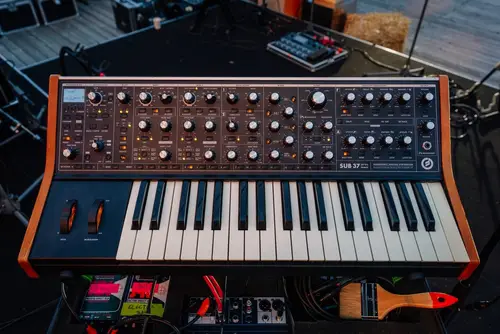
Synth-heavy sounds from the ’70s and ’80s are experiencing a revival, especially among millennial musicians. Analog synths are prized for their warm, unpredictable tones, offering something richer than computer-generated presets. Artists in electronic, indie, and even pop genres are embracing them for both recording and live performance. The machines themselves also have a retro charm that appeals to this generation’s love of vintage tech.
Many millennials see analog synths as a way to reconnect with music-making in a hands-on way. Twisting knobs and patching cables feels far more engaging than clicking through software. The synth revival has also fueled niche communities, with people trading gear and tutorials online. It’s a blend of nostalgia and innovation that feels uniquely millennial.
7. Swing Dancing and Big Band Nights
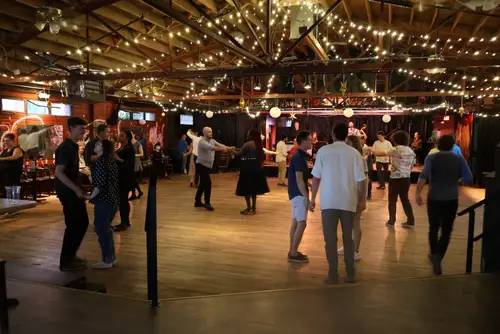
Live music culture among millennials has sparked a surprising revival of swing dancing. Cities across the U.S. now host swing nights, where big band and jazz music set the scene. Many millennials see it as a fun, social alternative to crowded clubs. It’s also a way to connect with grandparents’ cultural history while making it their own.
The dancing itself is energetic and stylish, offering a more interactive experience than just standing at a concert. Millennials who value experiences over possessions find these nights especially appealing. The retro dress-up element—suspenders, dresses, and polished shoes—adds to the charm. In a world dominated by screens, swing nights bring people together face-to-face.
8. Vinyl Records
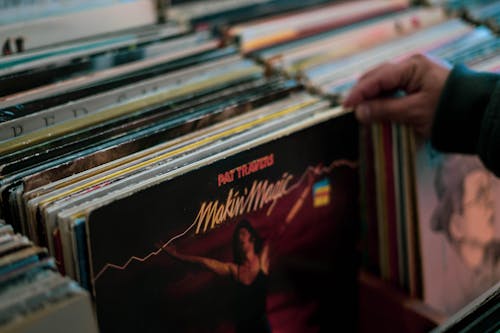
Millennials have embraced vinyl records in a big way, with sales reaching their highest levels since the 1980s. For many, the tactile ritual of sliding a record out of its sleeve and dropping the needle offers a more personal experience than streaming. Collecting albums has also become a statement of taste and identity, with record shops making a comeback in trendy neighborhoods. Beyond nostalgia, vinyl provides a warmer, analog sound that streaming just can’t replicate.
Part of the appeal is how vinyl encourages intentional listening, as you typically play entire albums rather than skipping tracks. Millennials enjoy turning music into a communal activity, whether it’s hosting listening parties or browsing flea markets for rare finds. Vinyl also ties into the generation’s love for sustainability, as many buy secondhand records instead of disposable digital downloads. The mix of quality, ritual, and culture makes vinyl’s revival more than just a passing fad.
9. Folk Revival
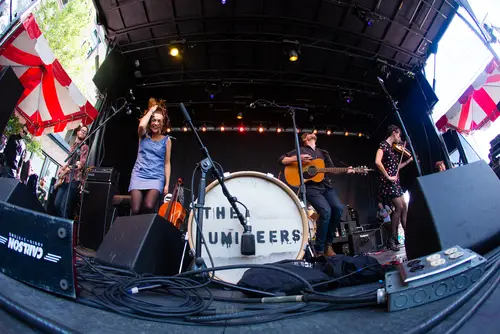
Acoustic folk styles from the ’60s and ’70s have seen a huge millennial-driven comeback. Artists like Fleet Foxes and The Lumineers popularized stripped-down sounds that highlight storytelling and harmony. This shift reflects millennials’ craving for authenticity in music, away from overly polished production. It also mirrors broader cultural trends toward minimalism and simplicity.
Open mic nights and coffeehouse performances are a natural fit for this style. Millennials appreciate the intimacy of smaller venues and the emphasis on lyrics. The folk revival has also tied into activism, echoing how earlier generations used the genre to push for change. For millennials, folk is both nostalgic and socially relevant.
10. Classic Rock Festivals

Classic rock hasn’t gone out of style, but millennials are breathing new life into it through themed festivals. Events featuring tribute acts or legacy bands draw crowds that span multiple generations. For millennials, attending is a chance to connect with music their parents grew up on. It creates a cultural bridge that feels both retro and timeless.
The popularity of vinyl and vintage tees ties directly into this trend. Wearing a Led Zeppelin shirt to a festival has become a badge of identity, not just a fashion choice. Millennials value the communal experience of singing along to songs that predate them. The festivals combine nostalgia with the generation’s love of live, immersive experiences.
11. Barbershop and A Cappella
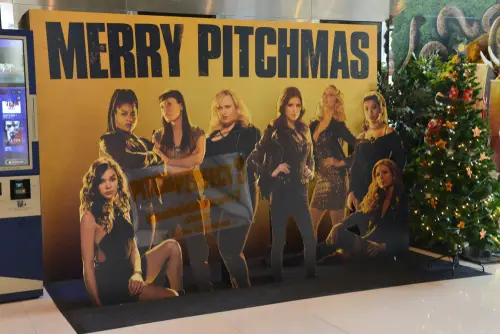
While a cappella has always existed, millennials have given it new life with a vintage twist. Collegiate groups and local ensembles are reviving barbershop harmonies in fresh ways. The resurgence ties to the success of shows like “Pitch Perfect,” but also to a wider appreciation for unfiltered voices. The stripped-down format feels genuine in an era of autotune.
Millennials also value the community aspect of group singing. Gathering in small ensembles or popping up at local events creates an intimate, participatory atmosphere. There’s a sense of fun and humor that comes with barbershop revival, balancing tradition with playfulness. It’s proof that sometimes the simplest form of music still resonates.
12. Listening Bars

A trend borrowed from Japanese culture, listening bars are catching on in U.S. cities. These venues feature high-quality sound systems and curated vinyl collections, creating spaces where music is the focus. Millennials are drawn to them as a quieter alternative to traditional bars. The concept emphasizes listening deeply, not just drinking with background noise.
For a generation often multitasking, this slower pace feels refreshing. Listening bars combine the nostalgia of record culture with a modern social setting. They attract both casual listeners and audiophiles looking for a shared experience. The revival highlights how millennials value intentional, community-based ways of enjoying music.
This post 12 Vintage Music Trends That Millennials Are Reviving was first published on American Charm.


